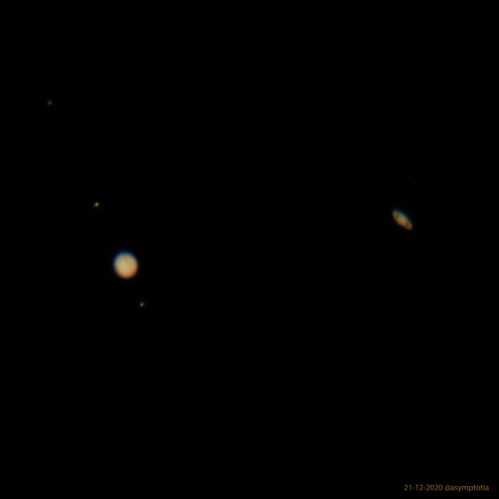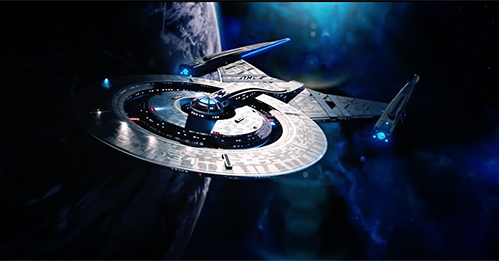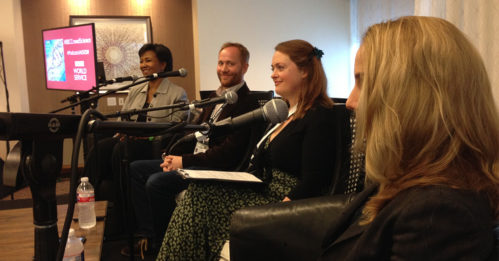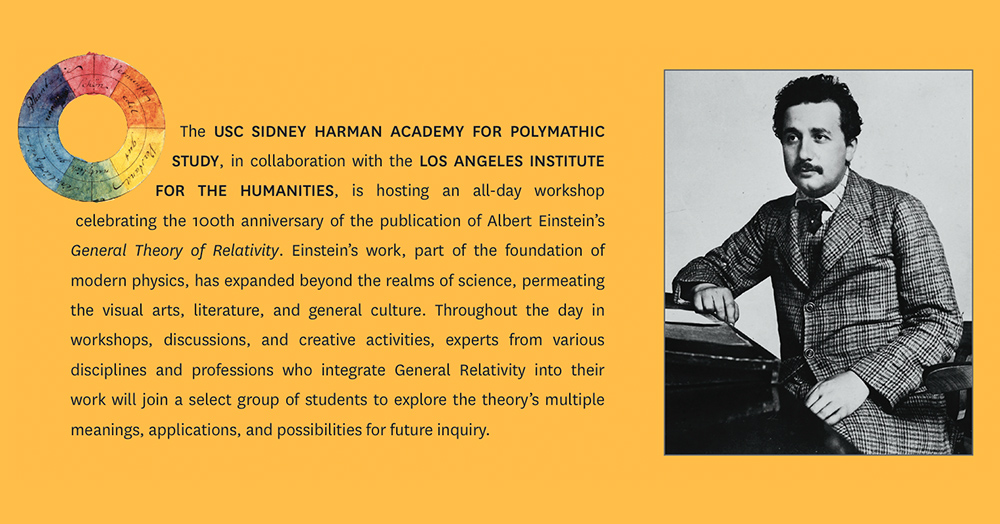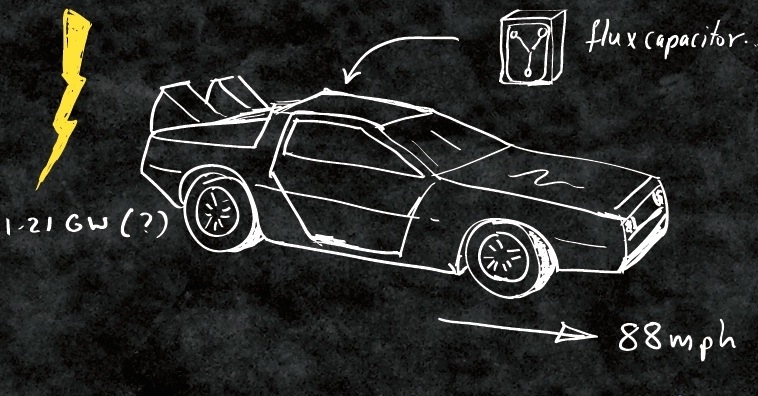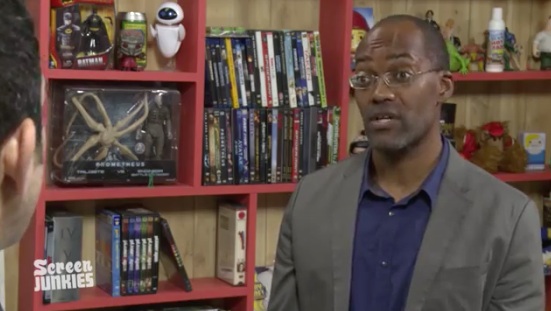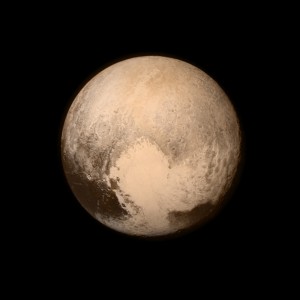Decoding the Universe!
I realised just now that I entirely forgot (it seems) to post about an episode of PBS’ show Nova called “Decoding the Universe: Cosmos” which aired back in the Spring. I thought they did a good job of talking about some of the advances in our understanding that have happened over the last 50 years (the idea is that it is the 50th anniversary of the show) in areas of astrophysics and cosmology. I was a contributor, filmed at the top of Mount Wilson at the Observatory where Hubble made his famous discoveries about the size of the universe, and its expansion. I talk about some of those discoveries and other ideas in the show. Here’s a link to the “Decoding the Universe” site. (You can also find it on YouTube.)
If you follow the link you’ll notice another episode up there: “Decoding the Universe: Quantum”. That’s a companion they made, and it focuses on understanding in quantum physics, connecting it to things in the everyday world. and also back to black holes and things astrophysical and cosmological. It also does a good job of shining a light on many concepts.

I was also a contributor to this episode, and it was a real delight to work with them in a special role: I got to unpack many of the foundational quantum mechanical concepts (transitions in atoms, stimulated emission, tunnelling, etc) to camera by doing line drawings while I explained – and kudos […] Click to continue reading this post

